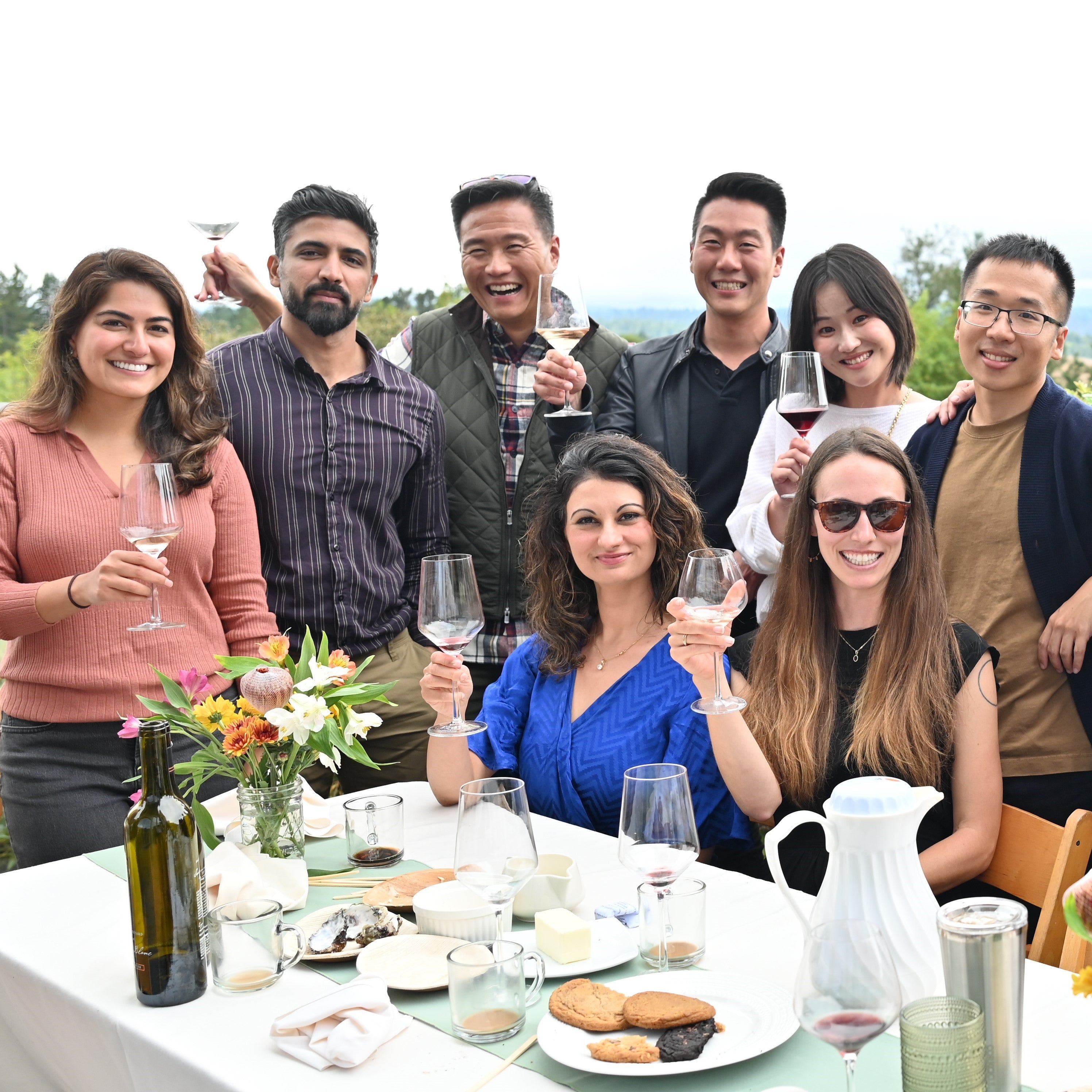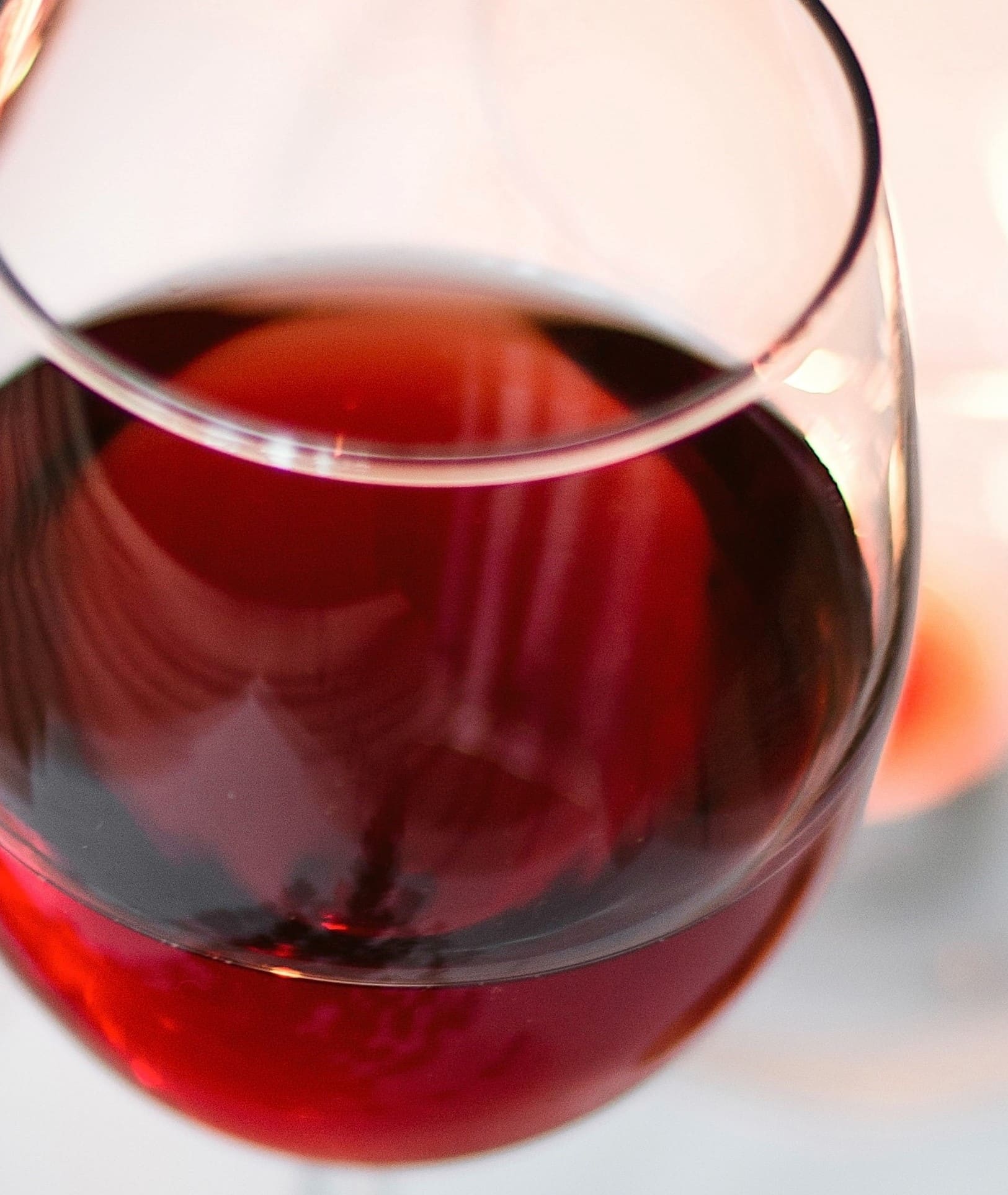Off The Beaten Path Wineries In Sonoma - Vineyards Near Sebastopol
Off The Beaten Path Wineries In Sonoma - Vineyards Near Sebastopol
Blog Article
Historical Wineries To Visit In Sonoma - Enjoying Wine Tastings And Vineyards Near Sebastopol
Wine tasting is an art that requires practice and an understanding of various features concerned in the process. One essential factor of wine tasting is the development and interpretation of tasting notes, which function a guide for both novices and seasoned connoisseurs. A Guide To Understanding Winery Wine Tasting Notes can enhance your wine-tasting experience, making it more meaningful and gratifying.

Tasting notes are concise descriptions that seize the essence of a wine’s flavors, aromas, and total character. Normally composed by professional tasters, winery tasting notes supply insights into the nuances of assorted wines. They can help wine enthusiasts perceive what to expect from a selected bottle. Nonetheless, tasting notes can range extensively in style and element based on the author's experience and palate.
Affordable Wine Tastings In Sonoma County - Sonoma Vineyards For A Perfect Day Out
When you first approach a glass of wine, your senses will begin to have interaction immediately. The sight, smell, and taste of the wine will converge to offer you an entire experience. Tasting notes usually begin with the visible assessment, the place the color of the wine is taken under consideration. Color performs a significant role in indicating the wine’s age, grape variety, and even its flavor profile.
After assessing the visible aspect, the subsequent step entails swirling the wine within the glass. This action aerates the wine, permitting its aromas to awaken. Smelling the wine provides important perception into its complexity. The preliminary sniff can deliver a flood of scents which will embrace fruity, floral, herbal, or earthy notes. This is commonly essentially the most subjective a part of tasting, as individual experiences can dramatically differ.
In winery tasting notes, descriptors are sometimes categorized into major, secondary, and tertiary aromas. Main aromas often stem from the grape selection, secondary aromas derive from fermentation processes, and tertiary aromas arise from growing older. Understanding these categories might help you recognize the depth of a wine, and they also give you the vocabulary to precise your experience higher.
Wineries With Breathtaking Gardens In Sonoma - Sonoma Wine Tasting Adventures
Following the olfactory encounter, your focus will shift to the taste of the wine. This is where the first characteristics—sweetness, acidity, tannins, alcohol—come into play. Tasting notes often detail these flavors in a quantity of dimensions, together with the initial attack in your palate to the lingering end in your tongue. A high-quality wine will present a harmonious steadiness between these components.
Whereas tasting, it's essential to ponder the body of the wine, which may be described as light, medium, or full. The body contributes significantly to your general impression, helping you contemplate how the wine pairs with food or whether it stands alone as a sipping wine. Balancing the physique with the opposite characteristics will give you a fuller understanding of what the wine has to supply.
The end of the wine, additionally known as the aftertaste, is one other critical side typically included in tasting notes. A lengthy, pleasant finish usually indicates the next high quality wine, while a brief or cloying aftertaste might counsel otherwise. Evaluating the end can supply additional insight into the wine's complexity and distinction.
Understanding the context of winery tasting notes can be useful. Tasting notes can present contextual details about the winery's location, climate, and grape-growing practices. This context provides another layer of appreciation for the wine, permitting enthusiasts to connect the sensory experience with its origins, thus enhancing the enjoyment additional.
Unique Wine Blending Experiences In Sonoma - Sonoma's Hidden Winery Gems
Many wineries present tasting notes on their web sites or labels, typically written in an approachable yet informative style. However, not all winery tasting notes are created equal. Some could also be overly technical, while others would possibly prioritize advertising flair over insightful evaluation. Studying to navigate these notes can arm you with the information to make informed selections when deciding on wines.
Collaborating in tastings at wineries can also deepen your understanding of wine tasting notes. Interacting with educated staff can provide you a more hands-on approach to exploring completely different wines and the language used to explain them. Good Wineries For Large Groups In Sonoma Valley. You'll have the opportunity to ask questions, engage in discussions, and probably refine your palate in real time.
Experimentation is crucial for mastering wine tasting notes. As you pattern totally different wines, try making your own notes. Focus on describing the wine’s shade, aroma, style, and finish. Over time, you’ll develop a private vocabulary that resonates together with your sensory experiences. Each note you create will assist refine your palate, permitting you to appreciate wines at a deeper stage.
Wineries Promoting Sustainable Farming - Wineries With Outdoor Tastings In Sebastopol
In conclusion, a Guide To Understanding Winery Wine Tasting Notes provides a complete framework for diving into the world of wines. click here for info It equips you with the methods and language essential to articulate your experiences. Whether you are a casual drinker or a dedicated aficionado, understanding and utilizing tasting notes can profoundly impact your wine journey. This knowledge not only enhances your enjoyment but additionally connects you deeply with the wealthy narratives each bottle tells. By embracing this journey, you turn out to be a part of the gorgeous mosaic of wine culture, where every sip unveils a brand new story waiting to be discovered.
- Wine tasting notes typically embody a selection of sensory descriptions, together with aroma, flavor, acidity, physique, and end, allowing tasters to fully appreciate the wine's characteristics.
- To enhance your understanding, familiarize yourself with common wine terminology such as "tannins," "oakiness," or "terroir," which can help decipher the notes more effectively.
- A systematic approach to tasting entails first visually assessing the wine's colour and clarity, followed by swirling to launch aromas, then inhaling and describing what you experience.
- Taking notes throughout tasting may help determine patterns over time, enhancing your palate and making it easier to recall preferences for future alternatives.
- Do Not overlook the affect of food pairings; tasting notes can differ significantly when a wine is enjoyed with complementary flavors, altering notion and delight.
- Pay attention to the wine’s vintage, as climatic conditions in a given 12 months can significantly have an effect on the ultimate product, including another layer to the tasting notes.
- Consider the winemaker's style and philosophy, which might shape the wine's profile and impact how its notes evolve with every sip.
- Training with different grape varieties can broaden your vocabulary; every sort brings unique traits that may enhance your capacity to articulate tasting notes successfully.
- Engaging with wine professionals or attending tasting events can present useful insights, providing a richer context for understanding personal tasting notes.
- Keep In Mind that tasting is subjective; individual preferences and experiences will form one’s interpretation of the same wine, enriching the general enjoyment of wine exploration.
What are wine tasting notes?
Wine tasting notes are descriptive comments made by tasters in regards to the appearance, aroma, taste, and finish of a wine. They present an summary of the wine's traits and might help customers understand the style and quality of the wine.
Wineries With Unique Gamay Wines - Top-Rated Wineries In Sebastopol
Why are tasting notes important when deciding on wine?
Tasting notes can guide you in choosing a wine that suits your palate. They present insights into flavors and aromas, helping you to match wines with food or occasions. Understanding these notes enhances your total wine experience.
How ought to I read wine tasting notes?
(Wineries With Unique Gamay Wines)
Wineries Renowned For Cabernet Sauvignon In Sonoma - Sebastopol Area Wineries Offering Wine

When reading wine tasting notes, take note of the structure: look for descriptions of shade, aroma, flavor, and finish. This will allow you to grasp the wine's profile and determine if it aligns together with your preferences.
What phrases commonly seem in wine tasting notes?
Frequent terms embrace "tannin" (the structure), "acidity" (the crispness), "physique" (the weight), and various flavor descriptors like "fruity," "earthy," or "spicy." Familiarizing your self with these phrases can deepen your understanding of wine.
Wineries With Unique Wine Blends - Sebastopol's Vibrant Wine Scene
Am I Able To create my very own tasting notes?
Yes! Writing your personal tasting notes can improve your wine tasting experience. Focus on your observations of taste, aroma, and other sensory characteristics. This personal practice can help you refine your palate over time.
How do I identify the aromas in wine tasting notes?
Wineries Known For Handcrafted Wines - Sonoma County's Best Wine Experiences
To identify aromas, practice smelling quite a lot of scents and associating them with wines. Swirl the wine in your glass to launch its aromas, then take a second to breathe in deeply earlier than figuring out any distinguished scents.

What is the distinction between professional and personal wine tasting notes?
Professional tasting notes might use extra technical language and specific terminology, while personal tasting notes are subjective and replicate individual experiences. Both are priceless for understanding and having fun with wine, but personal notes might resonate extra with your unique tastes.
How can tasting notes improve my wine appreciation?
Wineries Focusing On Single Vineyard Wines - Top Sonoma Wine Tasting Destinations
Tasting notes can enhance your appreciation by helping you to understand and articulate the complexities of wine. They encourage mindful tasting and supply a framework for comparing completely different wines, resulting in a richer enjoyment of the beverage.
Are there any apps or instruments to assist with wine tasting notes?
Sure, there are several apps designed to help users record and organize their tasting notes. These instruments usually provide options like flavor wheel visit site guides and wine database searches, making it easier to track your journey through different wines. Report this page